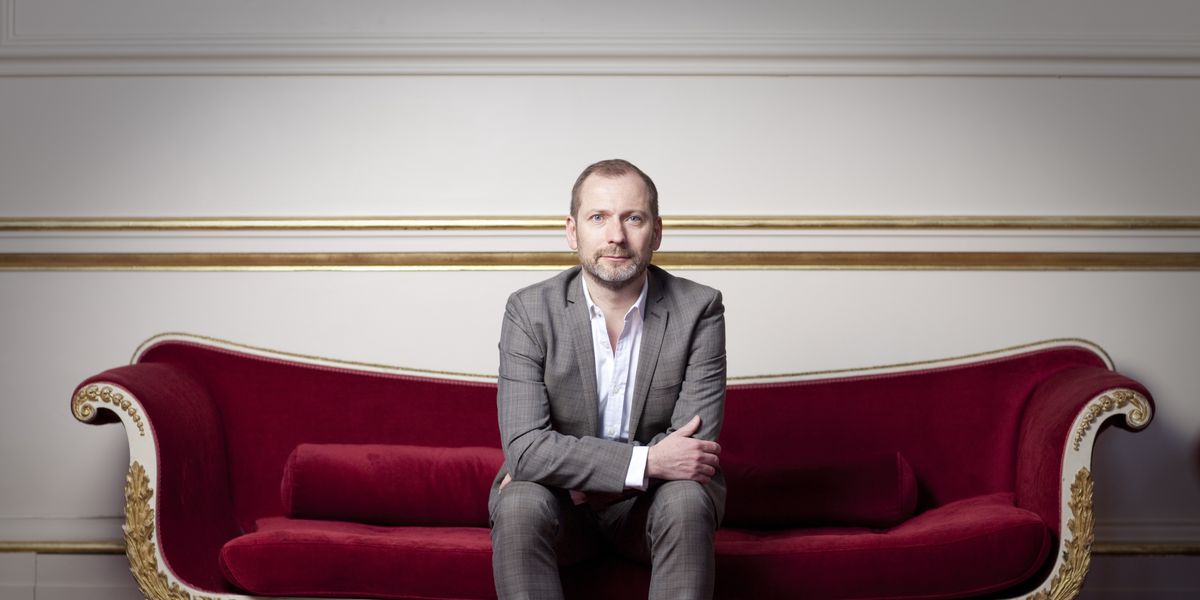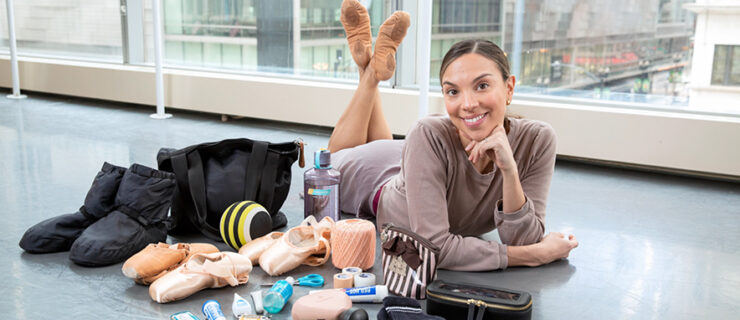Telling Stories New and Old: The Royal Ballet's Kevin O'Hare
A gentle presence in the studio, Kevin O’Hare was widely seen as a safe pair of hands when he took over as The Royal Ballet’s director upon Monica Mason’s retirement in 2012. A former principal with Birmingham Royal Ballet, a sister company of The Royal, he had danced much of the British repertoire; as The Royal’s administrative director, he knew the London-based institution inside out.
Yet when he was appointed, O’Hare quietly set himself a radical challenge: In 2020, for a full year, he intended to present only works created in the decade prior. “I think we can do it. We’re on track,” he says now with a laugh. “If we’re not pushing ourselves, giving the dancers opportunities to create new roles, then there’s no point in being here.”
That commitment to renewed creativity, balanced with a sensible respect for the British ballet heritage, has been the hallmark of O’Hare’s directorship. Since he took the helm, The Royal has produced at least one new full-length ballet nearly every season, with hits including Christopher Wheeldon’s The Winter’s Tale and Wayne McGregor’s Woolf Works, but not at the expense of his- torical works. A new generation of British- trained dancers has also emerged, nurtured by O’Hare to take over the repertoire.
O’Hare studied at The Royal Ballet School, and towards the end of his performing career, he started arranging charity galas and choreographic workshops for BRB. “I enjoyed being in the middle of it all,” he says. Upon retiring, he shifted his focus to theater management, and spent a year as a trainee with the Royal Shakespeare Company before returning to BRB as company manager. “I learned that an artistic vision has to be underpinned with reality, whether it’s finance, scheduling, logistics, education,” he explains.
Three years later, O’Hare was offered the same position at The Royal Ballet and was later promoted to administrative director. “Seeing Monica Mason first- hand couldn’t have been a better training ground,” he says of his mentor.
When he took over after her retirement, the company was “in a good state,” O’Hare says, although Mason had attracted some criticism for conservative programming. Before Wheeldon’s Alice’s Adventures in Wonderland in 2011, it had been 17 years since The Royal had created a new full-length ballet, and no woman had choreographed for the company since Twyla Tharp in 1995.
 Photo by Joe Plimmer, Courtesy ROH
Photo by Joe Plimmer, Courtesy ROH
The challenge, O’Hare explains, is to maintain The Royal’s vast repertoire while opening it up to innovative creations. Since Ninette de Valois founded its first iteration in 1931, the company has built a rich heritage that includes the works of British choreographers like Sir Frederick Ashton and Sir Kenneth MacMillan. Finding the new Manon or Romeo and Juliet was a key goal to revive the company’s tradition of original narrative ballets. “I really wanted us to look to the future—I felt we’d started, but I wanted to be bolder,” O’Hare says.
Most commissions have gone to The Royal’s three in-house associates, McGregor, Wheeldon and Liam Scarlett, and the company has looked to co-productions with North American companies to fund three-act undertakings, such as Scarlett’s Frankenstein. Crystal Pite also made a new work in March, while a Young Choreographer position has been created for Charlotte Edmonds, a talented dancemaker who trained at The Royal Ballet School. There have been hits and misses every season, but O’Hare likes to give ballets time to mature. “I’m a great believer in going back and look- ing at something again, working on it.”
O’Hare has also built a close bond with the company’s dancers. “Suddenly you’re the one who is looking after more than 90 dancers’ careers,” he says. “You have to make sure you’re totally focused and aware of each individual.” Dancers’ health has been of particular importance: In 2013, the company opened a new state-of-the- art Healthcare Suite with dedicated staff. And principal Sarah Lamb praises O’Hare’s openness: “He’s very approachable. He really tries to understand what the dancers need and want, while balancing an incredibly demanding schedule.”
While the company recruited a number of principals from abroad under previous directors, O’Hare has encouraged British talent to prove their mettle and join the likes of Marianela Nuñez or Steven McRae at the top. Newly minted leading dancers include Francesca Hayward, who became a principal last year at 24, Yasmine Naghdi, Matthew Ball and Reece Clarke. The com- pany also launched the Aud Jebsen Young Dancers Programme. Similar to an appren- tice level, it allows up to six dancers to spend a year with the company as a transition between training and professional life.
As a result, The Royal remains the standard-bearer for the British style. “Musicality is probably the most important thing to us, along with the épaulement, and footwork that is very fast and intricate,” O’Hare says. New narrative works have also helped sustain the company’s acting tradition. “For us, the corps de ballet drives the narrative, too: They’re integral to the performance, thinking about their character as well as being in line.”
In that sense, O’Hare has proven an inspired caretaker for The Royal Ballet, incre- mentally building on strong foundations. “I don’t quote Ninette de Valois all the time,” he says self-deprecatingly, “but she did say this wonderful thing: ‘Respect the past, herald the future, but concentrate on the present.’ ”
Audition Advice
The Royal Ballet doesn’t hold auditions, but if it’s your dream company, your best bet is to find a way into its affiliated training program. “My first stop is The Royal Ballet School,” says O’Hare, who assesses RBS students throughout their training. “I love somebody who really moves. A natural dance quality and musicality are so important. If you’ve got that, you can always work on the technique.”
The Royal Ballet at a glance:
Number of dancers: 95 (plus 6 Aud Jebsen Young Dancers)
Length of contract: Year-round, renewable every season
Starting salary: Inquire with company
Performances per year: 150 on average
Website: roh.org.uk





